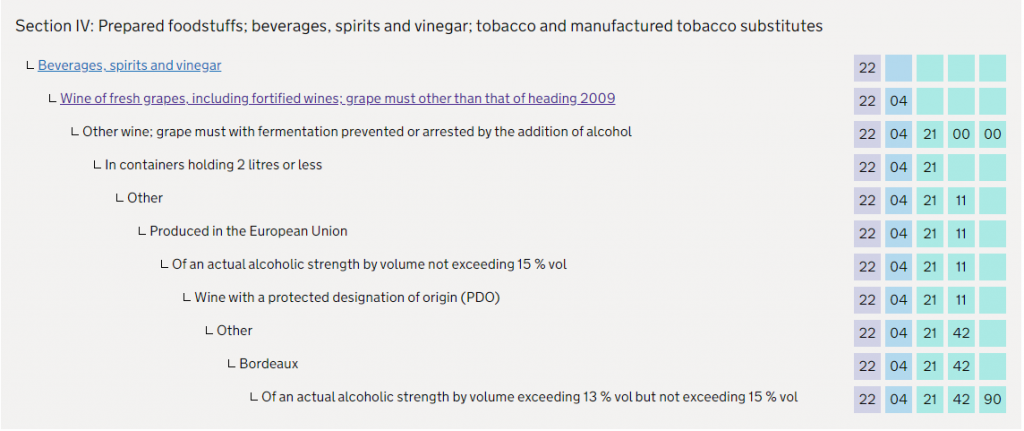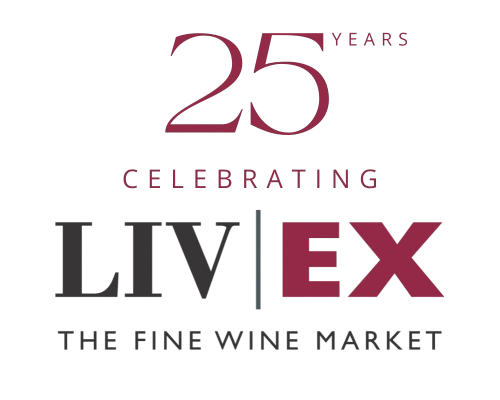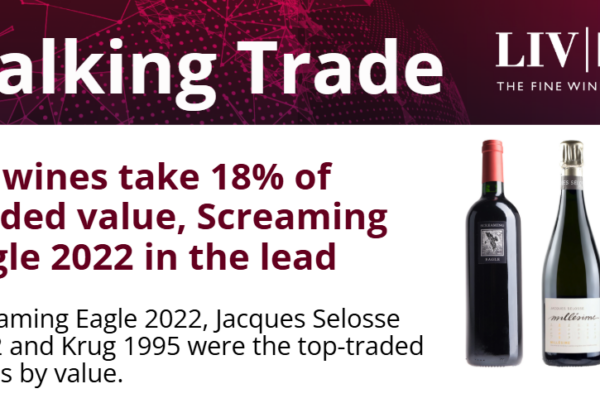Since 1st January, we’ve spoken to numerous merchants who’ve told us a similar thing; it’s taking them longer to move wine between the UK and EU. But why is this happening? What is it costing people across the supply chain, and what can be done about it?
Any business that needs to move wine across international borders needs multiple documents, an EAD, commercial invoice, export declaration and import declaration to name a few. These forms can be incredibly long (100+ pages), cumbersome to complete and therefore prone to errors being made. To fill one in accurately for each and every wine in the shipment, one needs to know the correct commodity code (otherwise known as the HS code, Taric code, CN code or tariff code).
There are hundreds of code variants in use and to make matters more complex, variations exist between the UK, USA, Europe and other territories. Furthermore, to find the correct code you need to know the volume of wine being shipped, where it was produced, its ABV percentage, its designation of origin (PDO/PGI) and more. In other words, you need a decent database of accurate ABV values, good wine knowledge, an understanding of your stock and a certain amount of geekiness to successfully navigate government websites to get the final code.
What’s the problem?
If you don’t know the ABV, you can’t get a commodity code. If you can’t get the commodity code, you can’t complete the documents. Since the UK left the customs union at the turn of the year, new forms are now necessary to move wine between the UK and EU; forms like C88, T1 and EUA. What was once one form is now multiple, all needing commodity codes.
Anecdotal evidence suggests a single code can take up to 30 minutes to generate. Multiple this by dozens or hundreds of wines on a typical shipment and the human cost mounts rapidly. A UK agent describes the issue well in this recent article in the Guardian.

Screenshot taken from www.trade-tariff.service.gov.uk
While laborious to complete, these forms aren’t a new invention. So how can these be causing new delays since 1st January?
It all comes down to volume, before it was one document for most movements between the UK and Europe. Now it is several, all of which must be accurate or face delays and heavy costs.
Why? Because the UK left the EU Customs Union and single market on 1st January.
As Ashley Hopkins, Director of Operations and Technology states, “The true burden of additional paperwork is only now being realised across the industry.”
Is the bureaucracy here to stay?
With the recent imposition of ISPM-15 compliance for wooden packaging, and the introduction of wine import certificates from 1st July, 2021, the answer is yes.
The good news however is that there are solutions available to significantly reduce the human cost and the delays being caused by commodity code generation for EAD forms, commercial invoices and customs forms alike. In combination, the solutions allow merchants and logistics businesses to generate the correct commodity codes in seconds for an ever-expanding pool of products (over 13,000 wine and vintage combinations (LWIN11s) at the time of writing).
Liv-ex is always looking for ways to improve transparency, efficiency and safety to the benefit of the entire wine trade, and so have been developing ways to help the trade keep things moving post-Brexit. The universal LWIN database has nearly 90,000 wines in it and tells us the designation of origin and format needed to complete this paperwork. Because we inspect so much wine as it passes through our warehouses, we’ve been checking the labels and building a growing dataset of ABV values. Finally, we’ve created a bespoke algorithm that looks up the correct 10-digit commodity code for the wine in question.

Sample from a typical commercial invoice
To allow merchants and logistics businesses to retrieve ABV codes far more efficiently, and then ingest the correct commodity codes instantly and accurately into their systems, Liv-ex has created and released new ABV API and Commodity Code API services. Speak to one of our automation experts to discuss how this could help get your wine moving faster.



